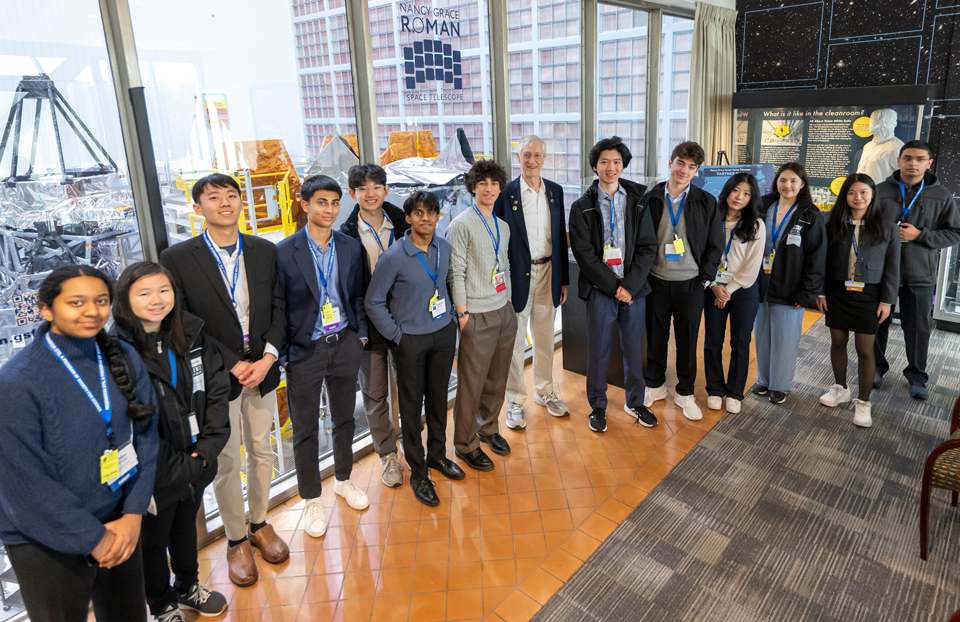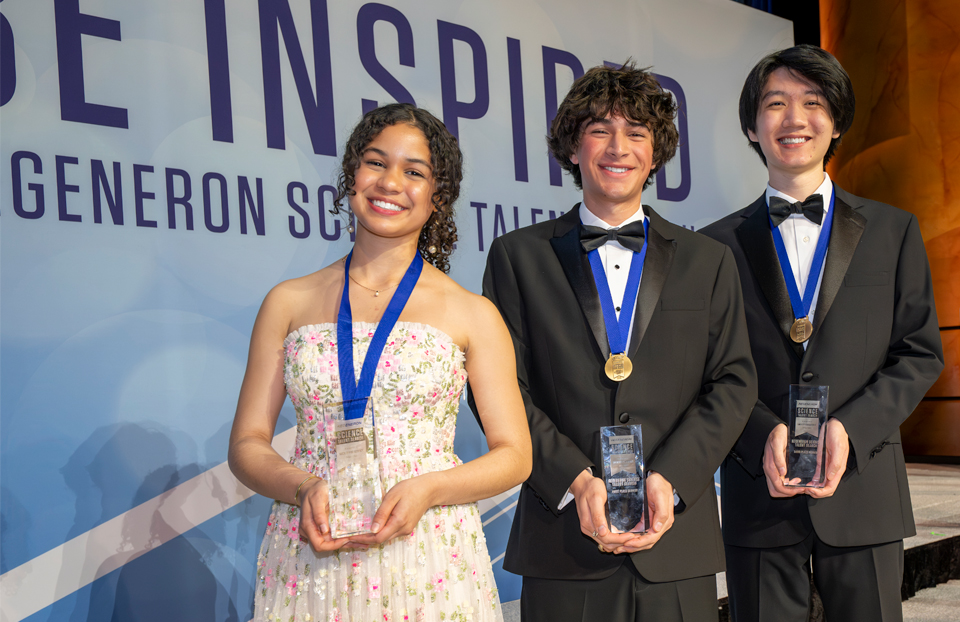Nation’s 40 top young scientists will showcase their research in a virtual public exhibition
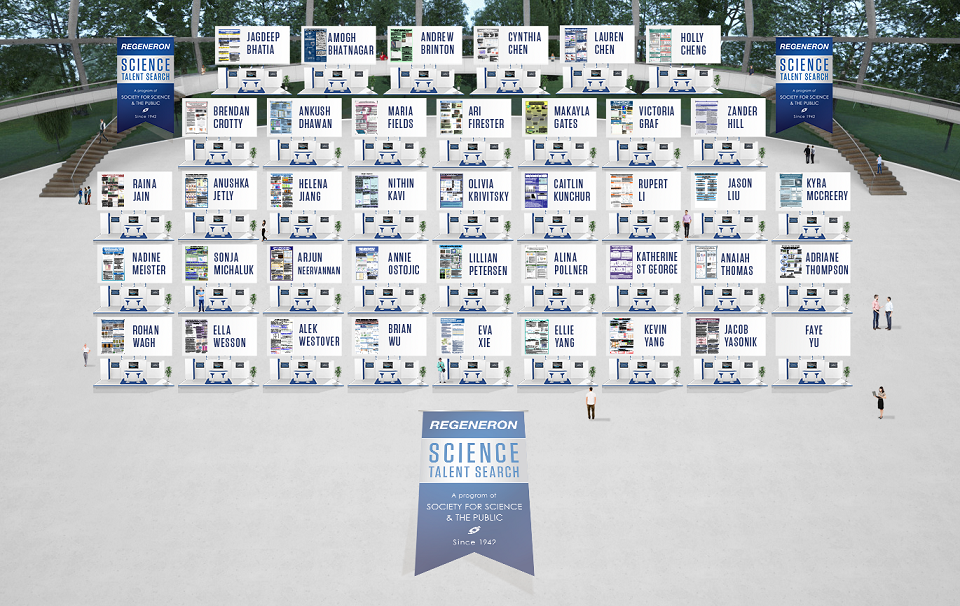
The Class of 2020 has already demonstrated their incredible resilience in the face of hardship and the Regeneron Science Talent Search 2020 finalists are no different—not even a public health crisis can stop this crop of young scientific leaders. While this year’s finalists will not be gathering in person to showcase their original research, they will be at their virtual booths for a public exhibition, available to answer questions from 2-4pm ET on July 25. Their projects span a diversity of STEM-related topics, tackling global challenges. Learn more about a few of the finalists and their research below.
Applying AI to cancer
Cynthia Chen, 17, from Cupertino, California, built a computational pipeline capable of decoding hidden patterns in an AI model trained on a pan-cancer data set. The series of computing instructions can also extract key signatures of different cancer types. Using her pipeline, she discovered and validated 65 anti-tumor motif signatures of 13 common cancer types.
Given the current coronavirus crisis, Cynthia’s desire to continue her research as a way to make a positive impact has only strengthened. “The pandemic has solidified my dreams to use AI and computational technology to prevent diseases like COVID-19 from destroying human lives,” she said. “In the future, I hope to collaborate with researchers, policymakers and other world leaders to detect, control and eliminate diseases before it’s too late.”
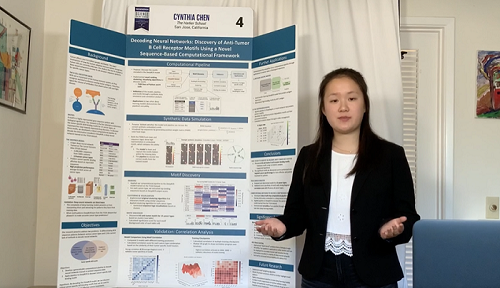
Racial disparities in health
Maria Fields, 17, from Detroit, Michigan, investigated a possible genetic explanation for why African American women are more likely to be diagnosed with triple-negative breast cancer and have a higher mortality rate compared to European American patients. Maria applied modern computational and statistical analysis methods to gene expression data and found significant differences.
In conducting her research, Maria found it challenging to get people interested in her topic. “People didn’t seem concerned about disparities in health,” she noted. Still, she persisted and encourages others to do the same if they find themselves in a similar position. “Anyone can be a scientist; all you need is curiosity. By searching for an answer to your question, you can change the world.”
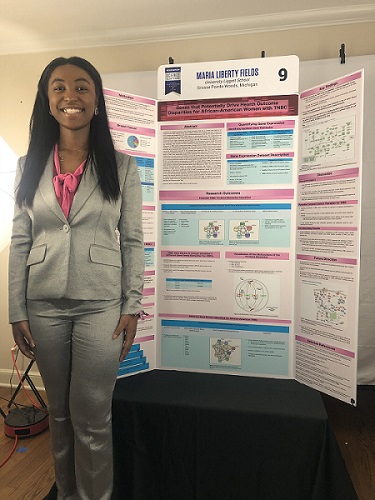
Climate change and tropical storms
Kyra McCreery, 17, from Sea Cliff, New York, studied North Atlantic tropical storms. Trying to find a possible link between climate change and a slowdown in storm speeds, she analyzed data from tropical cyclones that happened between 1851 and 2016. Kyra concluded that the effects of climate change may cause these storms to stall more often, thereby increasing their severity and accumulated precipitation.
Kyra feels a sense of urgency around her research topic. “The battle against climate change is a pressing concern facing youth today in our country,” Kyra emphasized. “The impacts of human-induced climate change are already perceptible, and it’s likely that human activity will continue to exacerbate the implications of the phenomenon. It is critical that we collectively assess the state of the climate and implement strategies to mitigate the worst impacts of climate change while devising mechanisms to target the root of the crisis itself.”
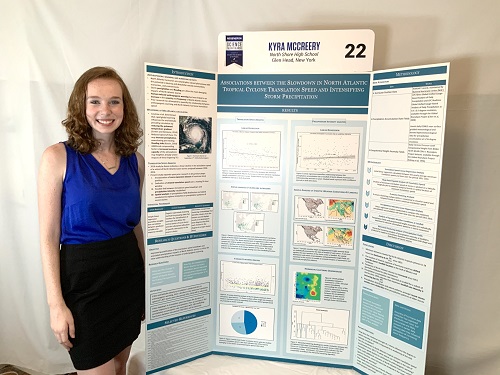
Algorithms against bias
Arjun Neervannan, 18, from Irvine, California, developed an AI algorithm that used linguistic insights from human interactions in social media to identify toxic language. Built-in bias that associates racial, gender and other identity terms with toxicity can lead to inappropriate censoring of productive discussions. To avoid over-censoring, his neural network incorporated a “debiasing element,” a dataset expanded with counter examples containing the identity terms. Arjun then trained his model on over 99,000 online comments.
Recent events stemming from the murder of George Floyd has underscored the importance of Arjun’s research. “Algorithms are frequently biased towards certain terms such as “African American’ or ‘Black’, incorrectly tagging them as toxic even if they aren’t,” he observed. “This bias, if left unmitigated, could infect AI algorithms in the future.”
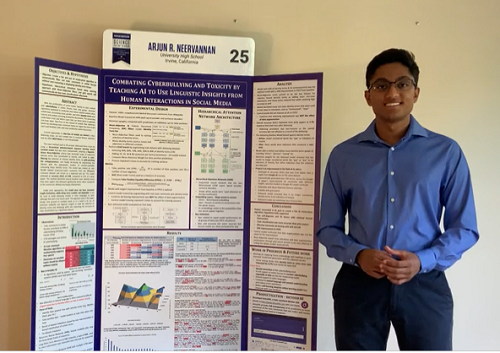
Photosynthesis with new light
Kevin Yang, 18, of Boulder, Colorado, designed a new greenhouse film, which converts the unused portion of incoming green sunlight into the most photosynthetically active red light, to promote crop yield. Unlike an ordinary red film that would trap the red light within it, Kevin incorporated LED-inspired microstructures into his film to make more photosynthetic light available to the growing plants. Kevin hopes his work can contribute to more efficient greenhouses in the future.
While the coronavirus pandemic has halted in-person research activities, he has used this time to hone in on other skills to accentuate his materials science knowledge. “I’ve seized every virtual opportunity I could get to improve my skills in computer science, which I see as a field that is extremely useful in any STEM endeavor that I choose to pursue in college,” he said.
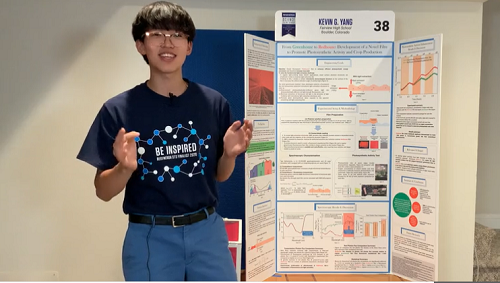
We hope to see you at the virtual Regeneron STS 2020 Public Exhibition of Projects and stay tuned as the winners of this year’s competition will be announced at an awards ceremony on July 29! Register here.
